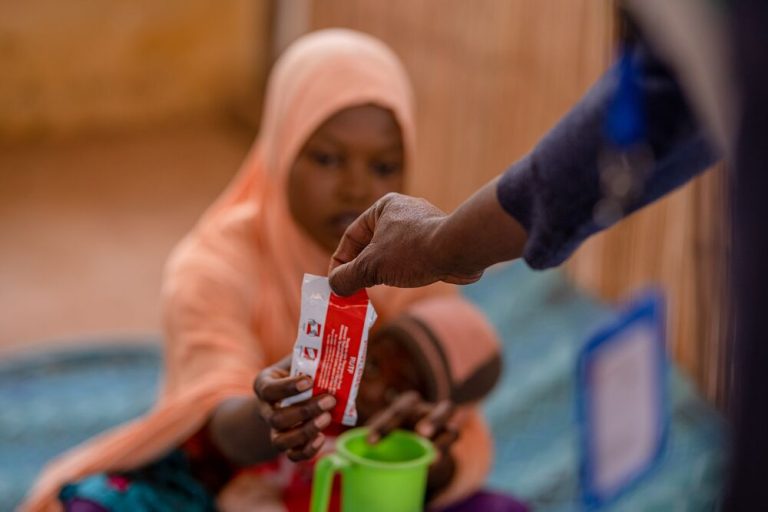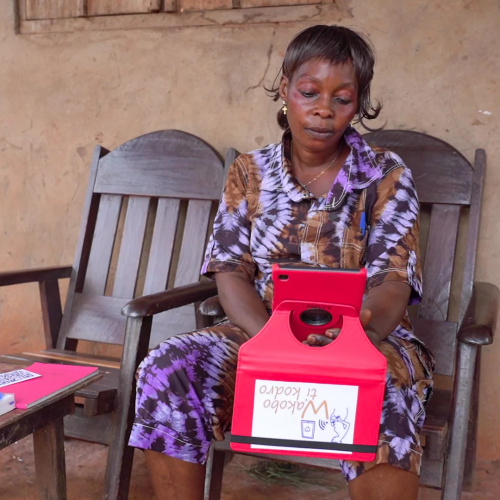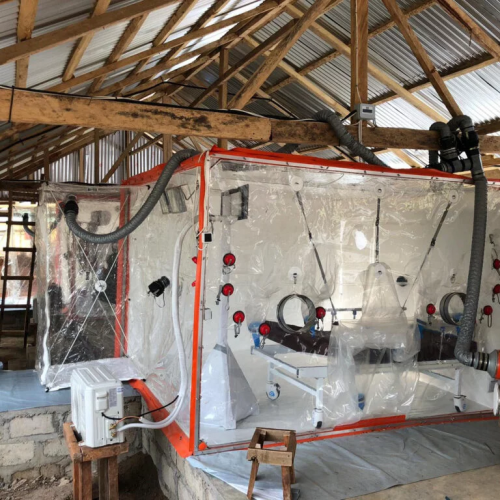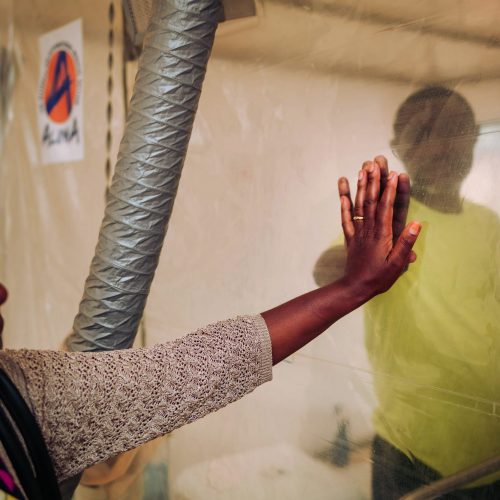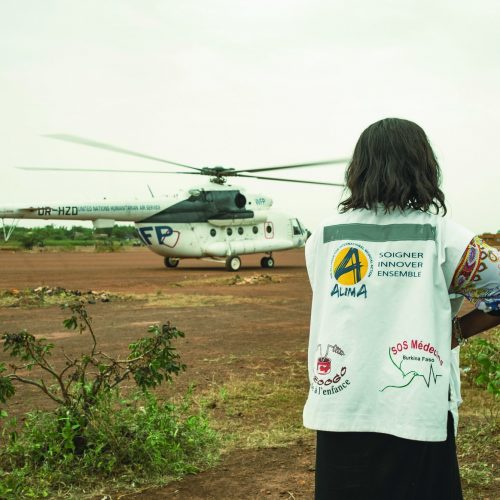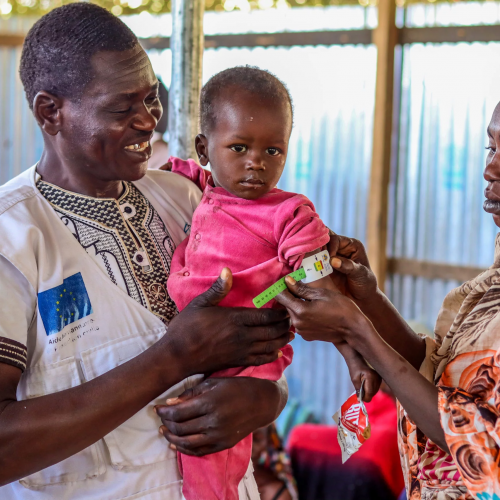- Lassa fever is an acute viral hemorrhagic disease caused by the Lassa virus. It can be transmitted to humans via multimammate rats. Most cases occur in rural communities where rat populations are high, and hygiene and sanitation conditions are poor.
- Lassa fever is endemic to West Africa. The US Centers for Disease Control estimates that the disease infects between 100,000 – 300,000 people each year, with as many as 5,000 deaths. Most cases are never confirmed due to a lack of rapid diagnostic testing.
- Humans can contract the virus if they come into contact with the urine or feces of infected rodents. Human-to-human transmission is also possible, via contact with the bodily fluids of an infected person.
- Symptoms usually develop after 6-21 days of initial transmission contact. They can include: fever, vomiting, diarrhea, facial swelling and nosebleeds. In severe cases and without treatment, patients can begin bleeding from the mouth or nose and their lungs can fill with fluid.
- There is no vaccine to prevent Lassa fever, but symptomatic treatment improves a patient’s chance of survival. The WHO says the antiviral drug Ribavirin has been shown to be an effective treatment if given early on in the course of the illness.
- There are a number of prevention measures that people living in or visiting areas where Lassa fever is endemic can take to protect themselves. This includes: practicing good hygiene measures, such as regularly washing hands, and cleaning and cooking food thoroughly, and controlling local rodent populations. During an outbreak, it is important to avoid contact with the blood or other bodily fluids of sick people, especially those exhibiting symptoms of Lassa fever. Within health facilities, staff should always apply standard Infection Prevention and Control measures.

